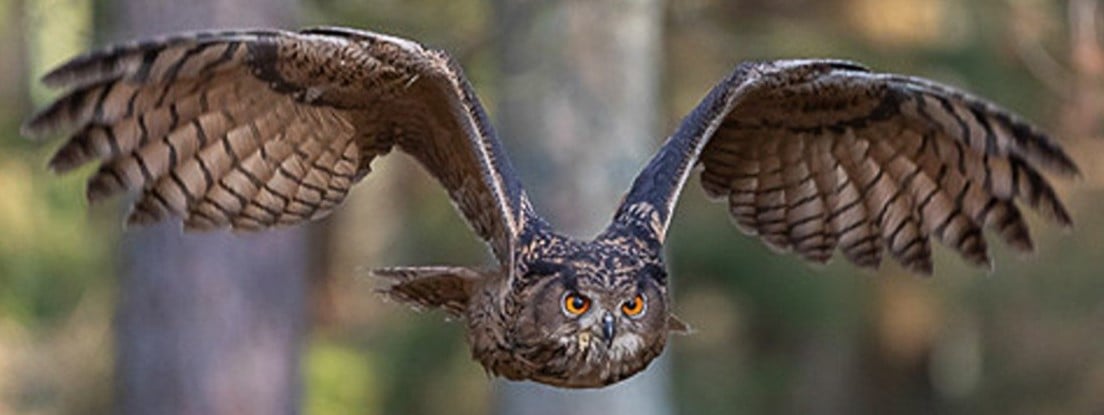From the Raptor Center
There are many ways our human-centric world disrupts and causes injury to our feathered friends. Small acts can make a huge difference.
This time of year, we see an influx of owls and hawks getting into a particular bit of trouble. Netting, like that used for soccer goals, and certain types of fencing have proven to be a formidable opponent of our raptors. Raptors may see a tasty critter on the other side of the netting and fly right into it while trying to catch their prey.
Surprisingly, birds that sustain injuries from being entangled in netting can be some of the most difficult to treat. Often, the netting gets wrapped tightly around a bird's wings (and sometimes its legs) as it struggles to free itself often for several hours. This cuts off the circulation (blood flow) to those areas. Although there may not be obvious injuries when the bird is initially freed, a lack of adequate blood supply can result in tissues (skin, tendons, muscles) dying off over subsequent days. It can take time for the severity to reveal itself, so we want to not only thoroughly examine these birds immediately upon admission, but also monitor them closely for several days.
While in some situations, sports netting is stationary and cannot be taken down, if you ARE able to lower netting or lay hockey or soccer nets flat when not in use, it can greatly reduce these types of injuries for our feathered friends. We also recommend not snacking around these nets as crumbs can attract rodents which in turn attract hawks and owls.

